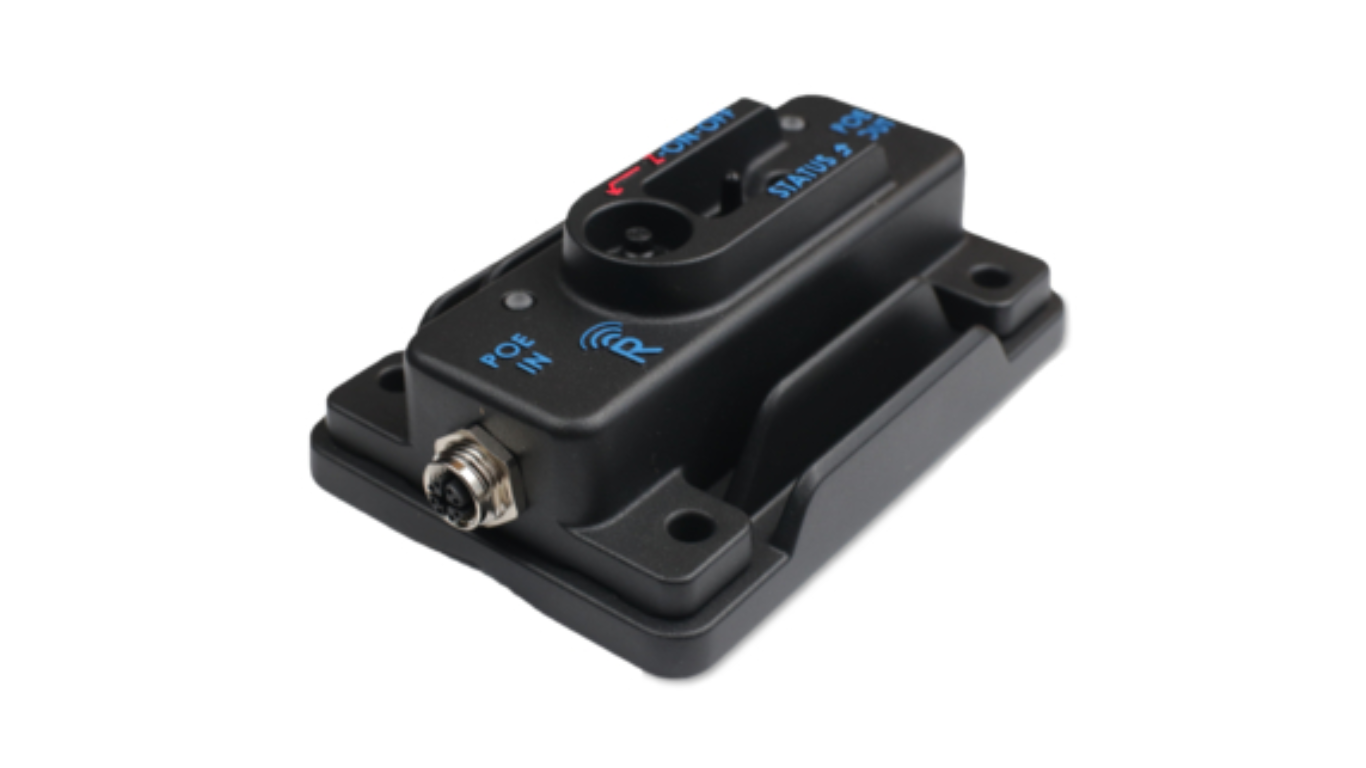Organizations of all sizes face increasing pressure to maximize operational efficiency while controlling costs. Assets — whether equipment, infrastructure, or digital devices — represent some of the most significant investments within any institution. Yet these assets are often distributed across multiple buildings, departments, and functions, making visibility and accountability difficult to maintain. When data regarding resource status, usage, and condition becomes fragmented, budgeting turns into a guessing game rather than a strategic exercise guided by facts.
Unfortunately, this lack of centralized oversight can lead to costly outcomes. Equipment may be misplaced or underutilized. Preventable repairs turn into expensive replacements. Procurement teams may reorder items already in stock simply because no one knows where they are. These repeated inefficiencies gradually erode budgets and prevent leadership from allocating funds toward priority initiatives.
This is why many institutions are adopting modern solutions like school asset tracking to unify control over their resource ecosystem. By digitally consolidating asset information, decision-makers gain real-time visibility into what they own, where it is, and how it is performing. That intelligence provides a foundation for forward-thinking financial planning that eliminates waste and strengthens operational reliability.
The Case for Unified Asset Intelligence
Scattered systems, paper forms, and isolated spreadsheets create silos that make collaboration difficult. When teams cannot easily share data, each department develops its own process for managing equipment and inventory. Not only does this introduce inconsistencies, but it also limits the ability to pull accurate totals across the entire organization.
Centralized asset intelligence resolves this problem by consolidating tracking, maintenance scheduling, lifecycle analysis, and depreciation insights into a single platform. The result is stronger coordination between operations, finance, and procurement leaders. Instead of relying on best guesses, budget proposals become grounded in verifiable data.
When leadership understands the full context of asset utilization, they can fund what is needed and pause spending where there is redundancy. Over time, this strengthens financial discipline and ensures that every purchase directly supports organizational performance.
Preventing Loss and Extending Asset Lifespan
A major contributor to unnecessary expenses is preventable equipment loss. From portable devices to facility machinery, high-value items can disappear when accountability measures are inconsistent or inefficient. When resources go missing, organizations must either replace them or operate without critical tools — both undesirable outcomes.
Centralized tracking introduces a clear chain of responsibility. Check-in, check-out systems minimize unauthorized movement. Audits become faster and more accurate. Teams can locate essential tools or technology instantly instead of searching through storage rooms or calling multiple departments.
Another cost-saving advantage is proactive maintenance. Instead of waiting for equipment to break down, analytics reveal patterns that indicate when service is needed. Extending the life of every asset by even a small percentage yields significant budget protection over time.
Data-Driven Procurement and Capital Planning
Investments in buildings, infrastructure, and equipment must be planned with long-term sustainability in mind. Without reliable lifecycle data, organizations risk purchasing items that fail sooner than expected or stocking excess inventory that sits unused.
Centralized platforms uncover true performance insights and highlight opportunities to optimize spending. Leadership can compare costs across sites, determine which vendors deliver the strongest longevity, and forecast replacement cycles years in advance. When capital planning is supported by data instead of assumptions, financial surprises decrease and budget predictability improves.
Scalable oversight is also essential as organizations expand. Whether adding new buildings or upgrading existing infrastructure, unified asset intelligence makes growth more manageable and cost-efficient.
Compliance, Accountability, and Operational Trust
Regulated environments demand strict adherence to inspection requirements and safety standards. Non-compliance can lead to penalties or reputational damage. By maintaining a unified record of service histories and inspection status, operational teams can ensure that every asset stays audit-ready.
Transparency builds trust. When stakeholders — from executives to frontline staff — are confident that resources are managed responsibly, collaboration improves and resistance to change decreases. Leaders can demonstrate fiscal responsibility with clear evidence of improved utilization and reduced costs.
Solutions like school asset tracking contribute directly to that confidence by offering reliable insights that guide smarter financial decisions.
A Stronger Future Built on Strategic Control
Operational efficiency rarely results from chance. It emerges when organizations proactively manage the tools and infrastructure needed to support their goals. Centralizing resource oversight turns asset data into an engine for smarter budgeting, better planning, and continuous improvement.
As expectations rise and financial pressures persist globally, the ability to allocate funds with precision becomes a competitive advantage. With the right systems in place, organizations are no longer reactive — they operate with foresight, resilience, and the discipline necessary to fuel sustainable long-term success.
Article received via email






























